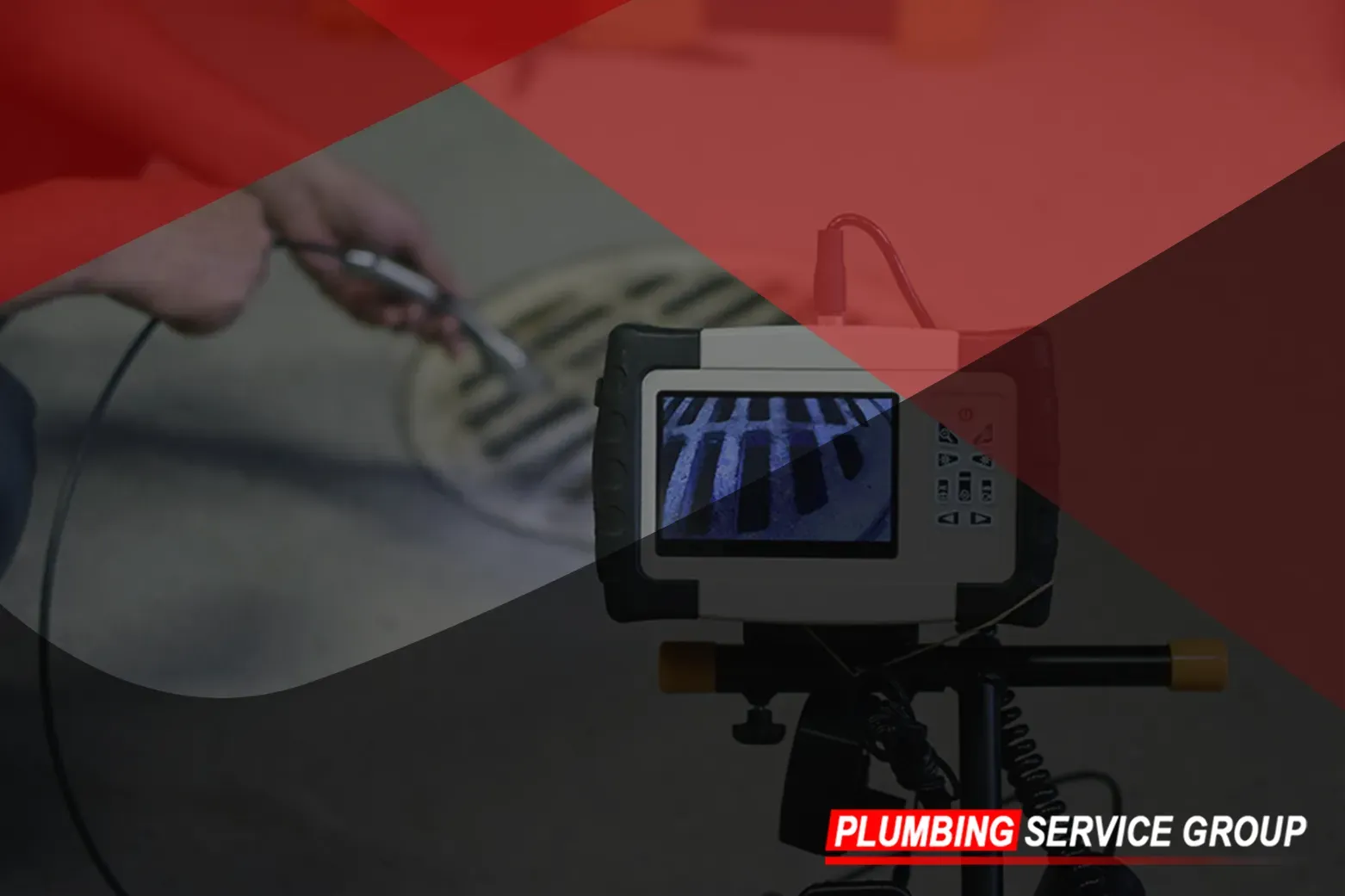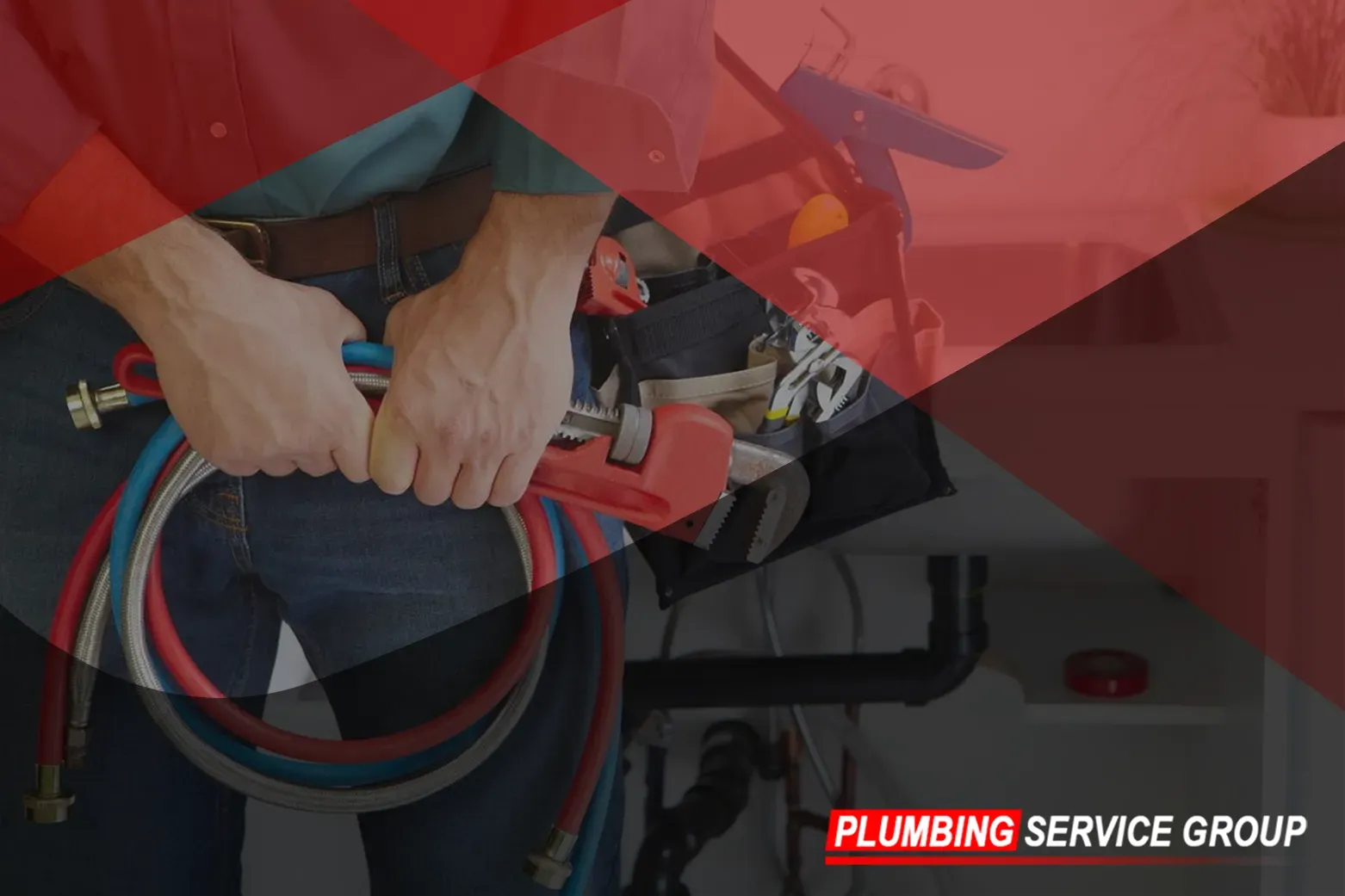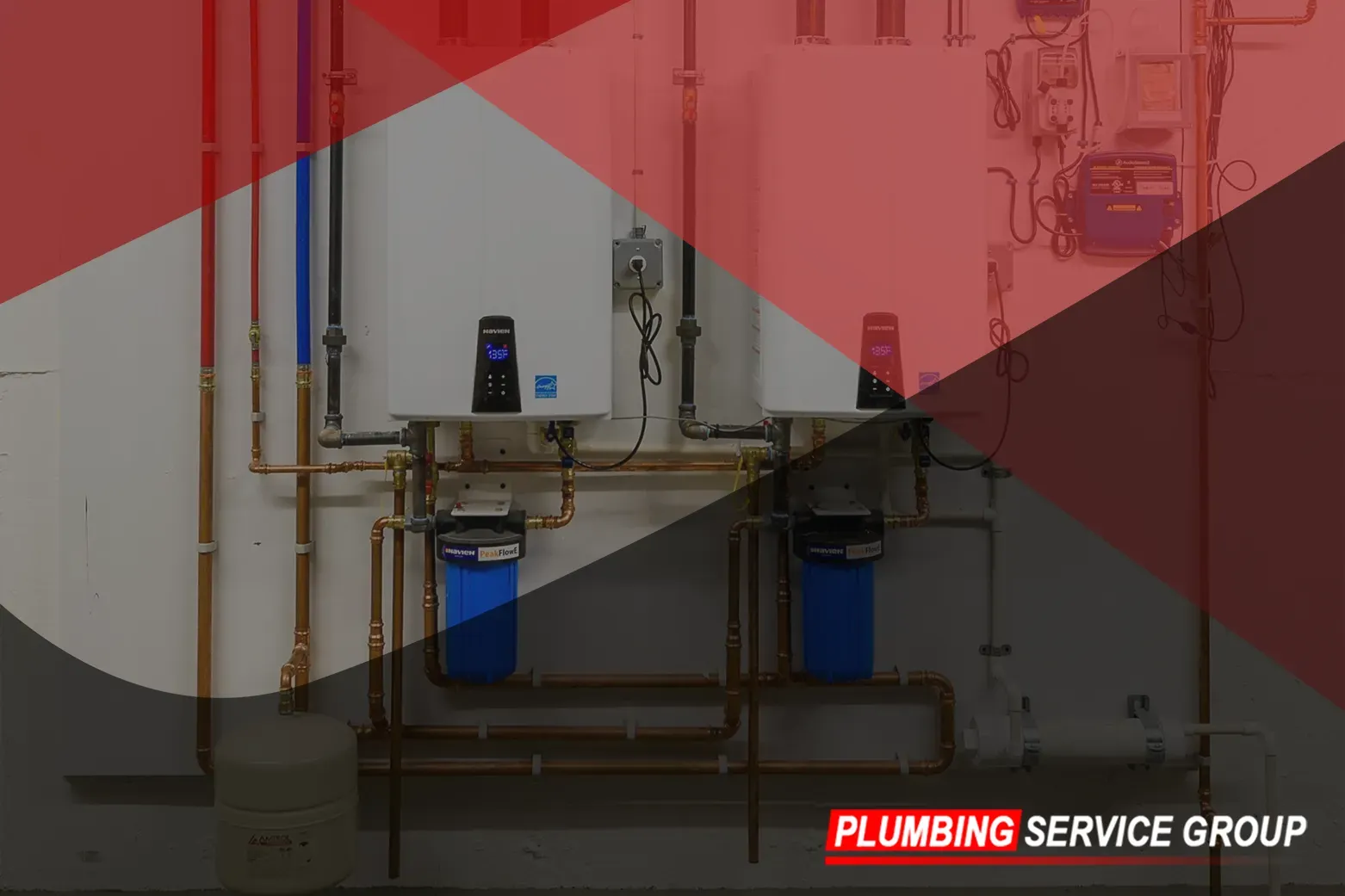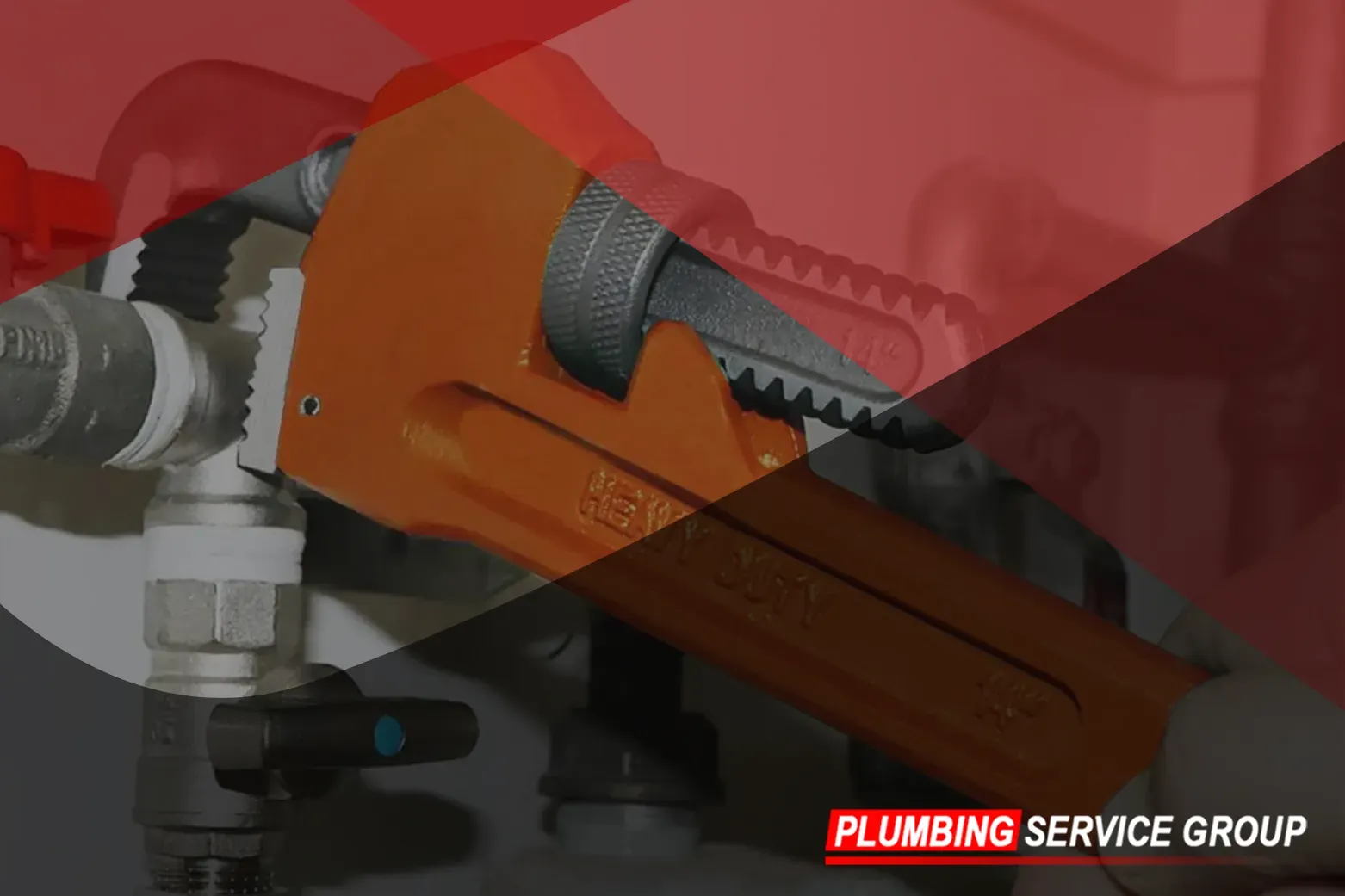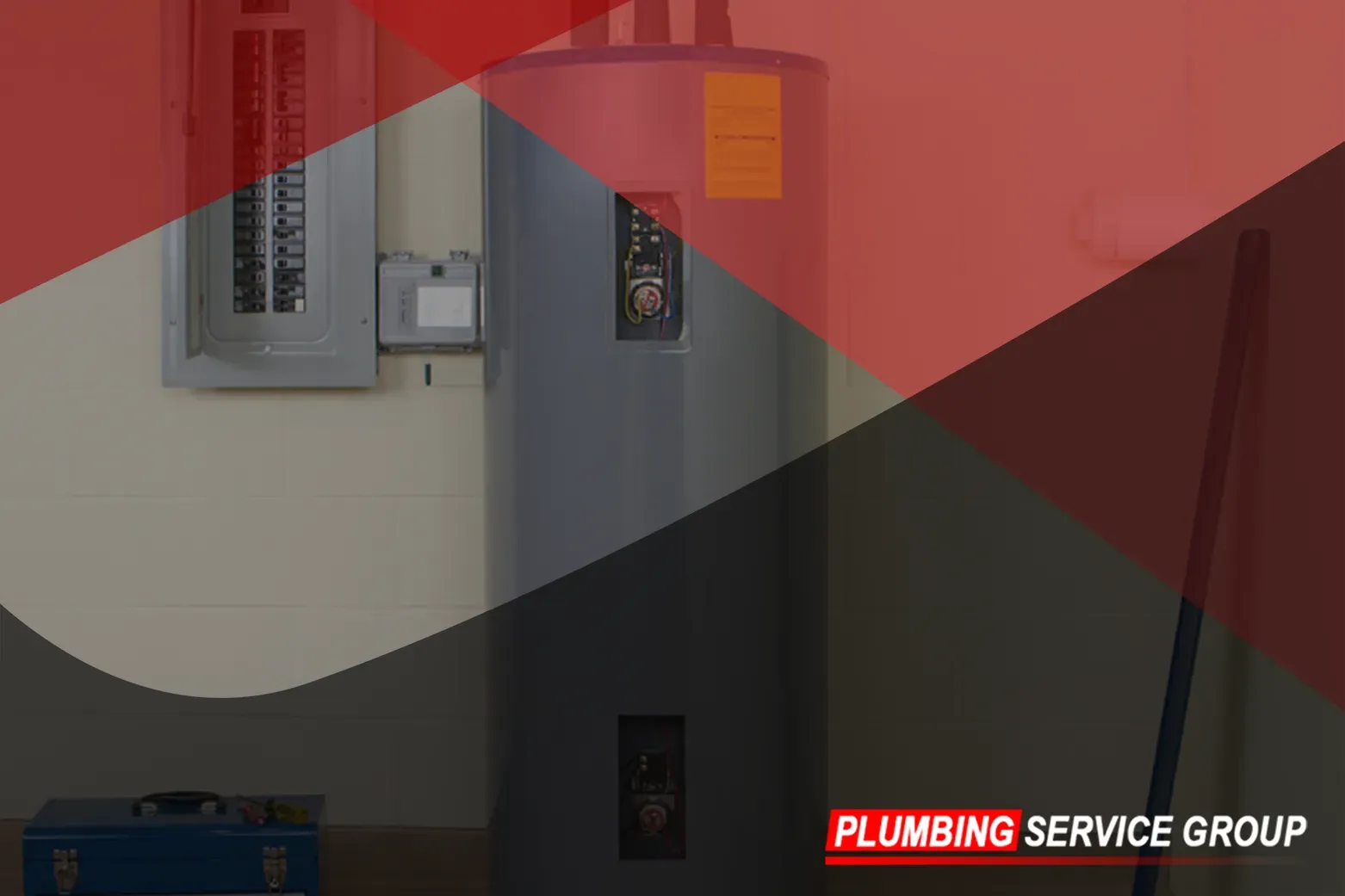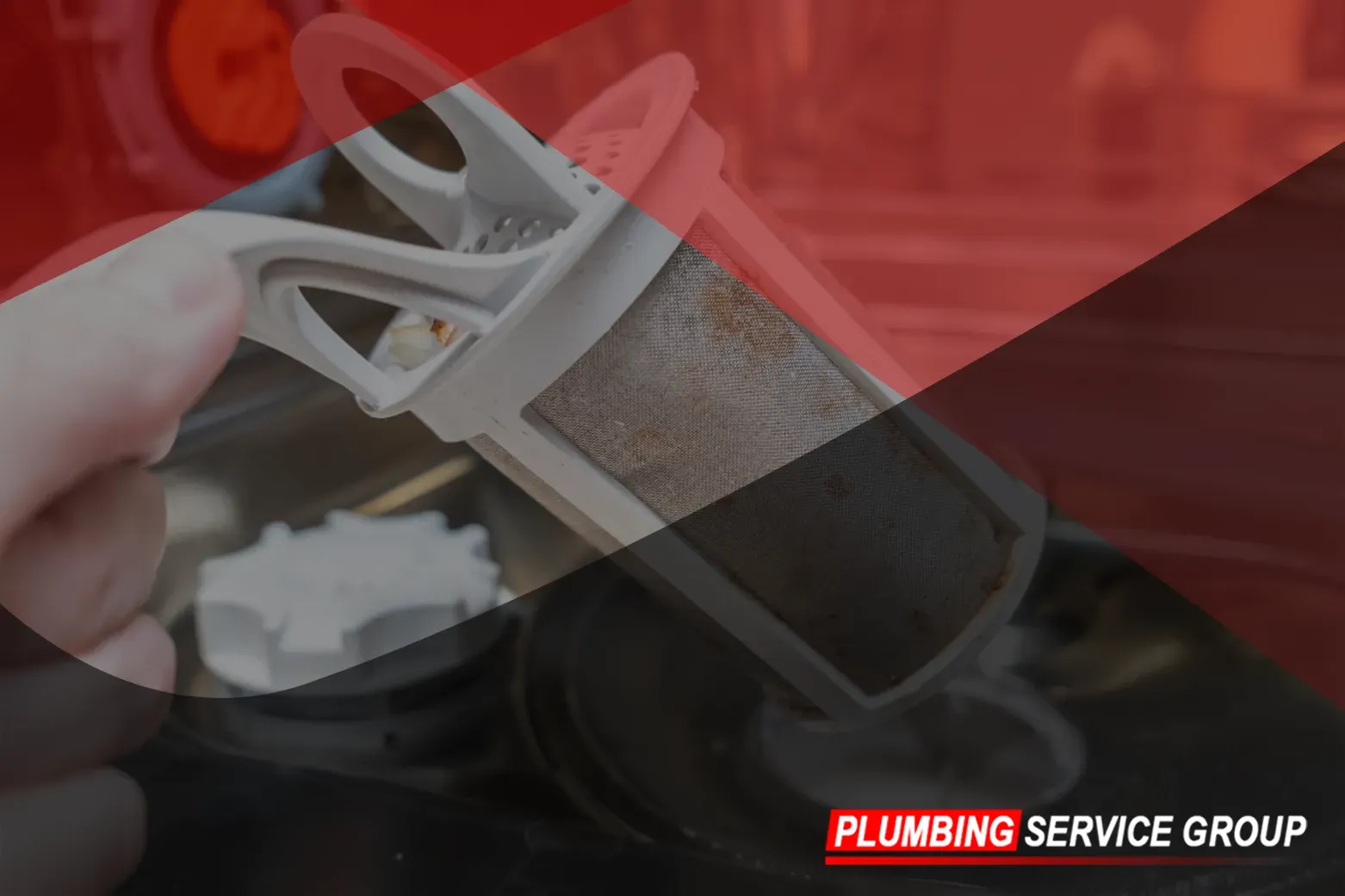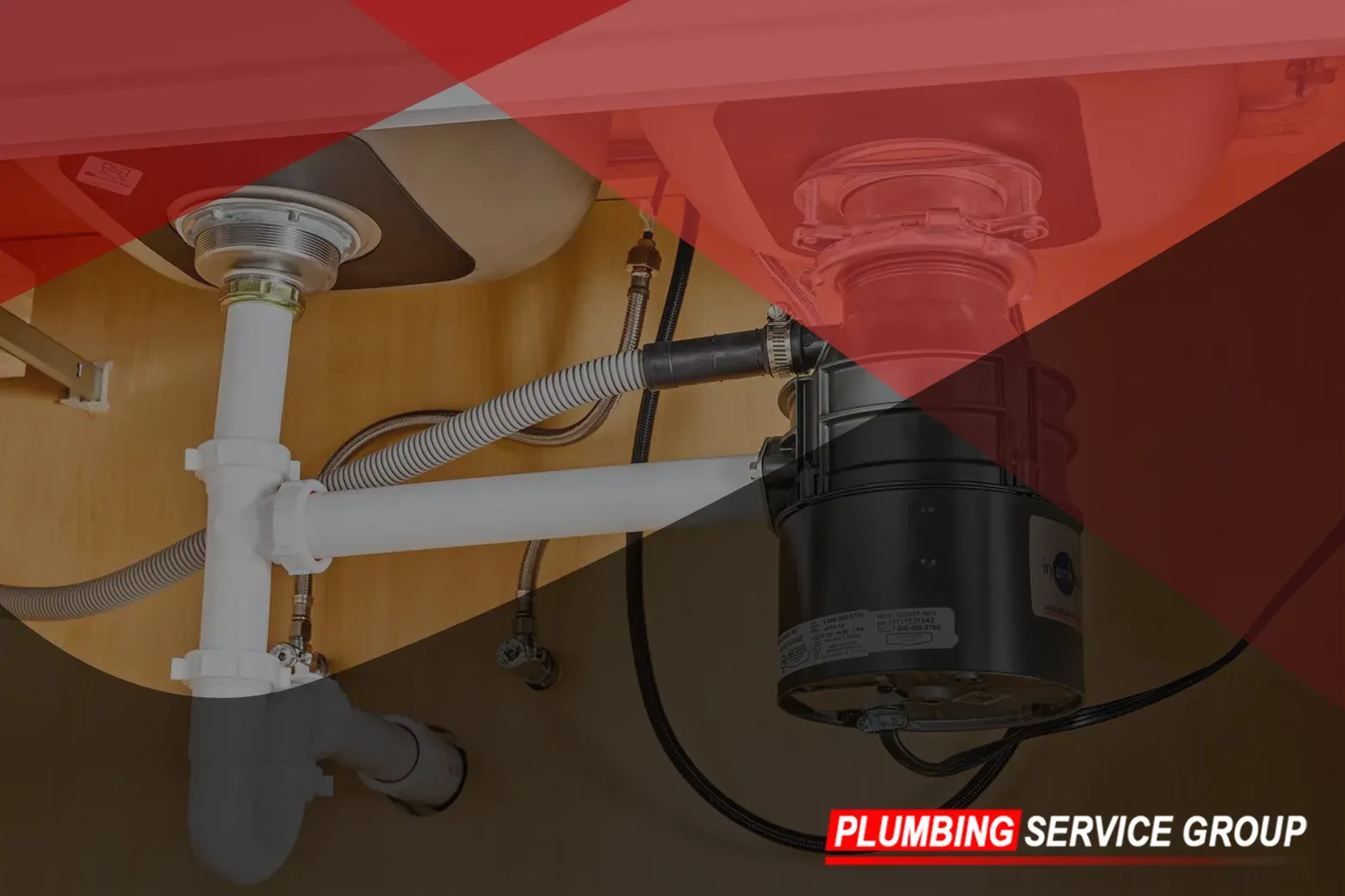How to Unclog a Bathroom Sink? Mastering the Art with Expert Tips
Are you tired of standing in front of your bathroom sink, watching the water slowly drain, or worse, not drain at all? A clogged bathroom sink can be a real nuisance, disrupting your daily routine and causing frustration. But fear not! Plumbing Service Group is here to help you master the art of unclogging your bathroom sink like a pro.
In this comprehensive guide, we'll walk you through step-by-step instructions on how to effectively unclog your bathroom sink using simple tools and household items. With our expert tips and tricks, you'll be able to tackle even the toughest clogs with ease.
Step-by-Step Instructions
Identify the Problem:
Before you start any unclogging process, it's essential to identify the root cause of the clog. Is it hair, soap scum, or something else? Knowing what you're dealing with will help you determine the best approach.
Sometimes, the culprit behind a clogged bathroom sink is readily apparent, especially if you've noticed a buildup of hair or soap residue. However, in some cases, the cause may not be as obvious. If you're unsure what's causing the blockage, try pouring a small amount of water down the drain and observe how it drains. Does it drain slowly or not at all? Is there any gurgling or strange noises coming from the pipes? These observations can provide valuable clues about the nature of the clog.
Another useful technique for identifying the problem is to visually inspect the drain opening. Shine a flashlight down the drain and look for any signs of obstruction, such as hair, grime, or foreign objects. You may need to use a small mirror to get a better view if the drain opening is difficult to access.
If you're still uncertain about the cause of the clog, don't hesitate to reach out to Plumbing Service Group for professional assistance. Our experienced technicians have the tools and expertise to diagnose and resolve even the most stubborn clogs, ensuring that your bathroom sink drains smoothly once again.
Remove the Stopper:
Most bathroom sinks are equipped with a stopper that can trap debris and contribute to clogs. Start by removing the stopper and cleaning it thoroughly. You may be surprised at how much gunk can accumulate here! Removing the stopper is often the first step in unclogging a bathroom sink, as it provides access to the drain and allows you to inspect for any obstructions. The process for removing the stopper may vary depending on the type of sink and stopper mechanism, but in general, it can be done with a few simple steps.
First, locate the pivot rod beneath the sink that connects the stopper to the sink's drain mechanism. Unscrew the pivot rod nut and carefully remove the rod from the drain. Once the rod is removed, you should be able to lift the stopper out of the drain opening.
With the stopper removed, take a moment to inspect it for any buildup of hair, soap scum, or other debris. Use a pair of tweezers or a small brush to remove any gunk that may be clinging to the stopper or the drain mechanism.
Once the stopper is clean, reassemble the drain mechanism by reinserting the pivot rod and tightening the nut. Test the stopper to ensure that it moves freely and seals properly when closed. By removing and cleaning the stopper, you can eliminate one common source of bathroom sink clogs and improve the overall efficiency of your drainage system.
Try a Plunger:
A plunger is often the first line of defense against a stubborn clog. Make sure there's enough water in the sink to cover the plunger, then plunge vigorously up and down for about 30 seconds. This action creates pressure that can dislodge the clog and get the water flowing again.
When using a plunger to unclog your bathroom sink, it's essential to ensure a proper seal between the plunger and the drain opening. This seal creates a vacuum effect that enhances the plunging action and increases the likelihood of dislodging the clog.
To achieve a good seal, place the plunger over the drain opening and press down firmly, ensuring that the rubber cup completely covers the opening. If the sink has an overflow opening, you may need to cover it with a damp cloth or rag to prevent air from escaping.
Once you've established a tight seal, begin plunging vigorously up and down, using short, sharp strokes. The goal is to create a strong force that can break apart the clog and push it through the pipes. Continue plunging for about 30 seconds, periodically checking to see if the water begins to drain. If the water starts to drain, continue plunging for a few more seconds to ensure the clog is fully cleared. If the water remains stagnant, try adjusting the angle of the plunger or applying more pressure to create a stronger suction.
After plunging, run hot water down the drain to flush away any remaining debris and test the sink to ensure that it drains properly. If the clog persists, it may be time to try a more aggressive approach, such as using a drain snake.
Use a Drain Snake:
If plunging doesn't do the trick, it's time to bring out the big guns – a drain snake. Insert the snake into the drain and twist it clockwise while pushing it further down. This will help break apart the clog and allow water to flow freely once again.
A drain snake, also known as a plumbing auger or drain auger, is a flexible tool designed to navigate through pipes and dislodge stubborn clogs. It consists of a long, coiled wire with a handle at one end and a corkscrew or blade at the other. To use a drain snake, feed the coiled wire into the drain opening and push it gently but firmly into the pipe. As you insert the snake, twist it clockwise to help it navigate through bends and obstructions in the pipe.
Once the snake reaches the clog, continue to push it further into the pipe while maintaining a clockwise twisting motion. The corkscrew or blade at the end of the snake will help break apart the clog and allow water to flow freely once again.
If you encounter resistance while using the snake, do not force it, as this could damage the pipes. Instead, try repositioning the snake or adjusting the angle of insertion to navigate around the obstruction.
After successfully clearing the clog, slowly withdraw the snake from the drain, taking care not to spill any debris that may have accumulated on the wire. Run hot water down the drain to flush away any remaining residue and test the sink to ensure that it drains properly.
DIY Drain Cleaner:
If you prefer a more natural approach, you can create your own drain cleaner using baking soda and vinegar. This simple yet effective method harnesses the power of chemical reactions to break down and dislodge stubborn clogs without the need for harsh chemicals.
To make your DIY drain cleaner, start by pouring a cup of baking soda down the drain. Baking soda, also known as sodium bicarbonate, is an alkaline compound that helps to dissolve grease, grime, and other organic materials that can contribute to clogs.
Next, slowly pour a cup of vinegar down the drain. Acidic vinegar reacts with the baking soda to create a foaming action that helps to loosen and dislodge the clog. As the two substances combine, they produce carbon dioxide gas, which further helps to break apart the obstruction.
Once you've poured both the baking soda and vinegar down the drain, cover the drain opening with a stopper or rag to contain the foaming action. Allow the mixture to sit for about 30 minutes, allowing it time to work its magic on the clog.
After 30 minutes have elapsed, remove the stopper or rag and flush the drain with hot water. The hot water helps to rinse away any remaining debris and ensures that the drain is clear and free-flowing.
This DIY drain cleaner is safe, effective, and environmentally friendly, making it an excellent choice for those who prefer natural alternatives to commercial drain cleaners. Plus, it's easy to make and uses ingredients that you likely already have in your pantry.
Prevent Future Clogs:
Once you've successfully unclogged your bathroom sink, take steps to prevent future clogs and keep your drainage system running smoothly. One of the most effective ways to prevent clogs is by installing a drain strainer or hair catcher in the sink.
A drain strainer or hair catcher is a simple device that fits over the drain opening and captures hair, soap scum, and other debris before it can enter the pipes and cause a clog. These inexpensive devices are easy to install and can save you a lot of hassle in the long run.
In addition to using a drain strainer, avoid pouring grease, oil, and other greasy substances down the drain. Grease and oil can solidify and build up inside the pipes, creating stubborn clogs that are difficult to remove. Instead, dispose of grease and oil properly by pouring them into a container and throwing them in the trash.
Regular maintenance is also key to preventing future clogs. Consider flushing your drains with hot water once a week to help dissolve any buildup and keep the pipes clear. You can also use a mixture of baking soda and vinegar as a preventive measure, following the same steps outlined earlier.
By taking these simple steps, you can keep your bathroom sink free from clogs and ensure that your plumbing system operates smoothly for years to come. If you ever encounter a stubborn clog that you can't clear on your own, don't hesitate to contact Plumbing Service Group for
professional assistance. We provide
unparalleled bathroom plumbing services.

